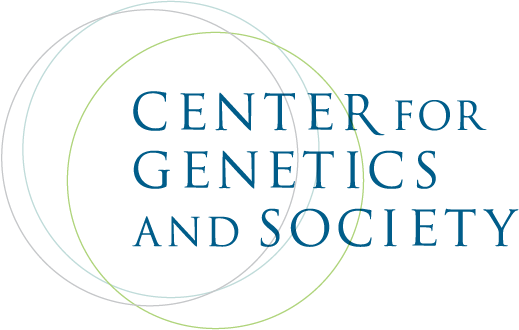A Reading and Discussion with George Estreich
From next-generation prenatal tests, to virtual children, to the genome-editing tool CRISPR-Cas9, new biotechnologies grant us unprecedented power to predict and shape future people. That power implies a question about belonging: which people, which variations, will we welcome? How will we square new biotech advances with the real but fragile gains for people with disabilities—especially when their voices are all but absent from the conversation?
In chapters that blend personal narrative and scholarship, George Estreich's Fables and Futures restores disability to our narratives of technology. Examining the stories we tell ourselves, the fables already creating our futures, Estreich argues that, given biotech that can select and shape who we are, we need to imagine, as broadly as possible, what it means to belong.
"If our new biotechnologies are to help us, we must see them clearly—and we must also recognize that, as currently constituted, they reflect and amplify our misconceptions about disability and our devotion to the often-destructive idea of ‘normal.’"
Estreich is the author of The Shape of the Eye: A Memoir. His writing has appeared in Tin House, the New York Times, Salon, and other publications. He teaches writing at Oregon State University.
The Center for Genetics and Society, with its sponsoring partners the Paul K. Longmore Institute on Disability, the Health Equity Institute, and the San Francisco Public Library, hosted a free event on May 1, 2019, with George Estreich. A transcript of the event is available here.
Praise for Fables and Futures
"I recommend Fables and Futures to anyone who wants to seriously engage in the human genome editing debate at the society and species levels." – George J. Annas, Science
 |
 |
 |
 |




